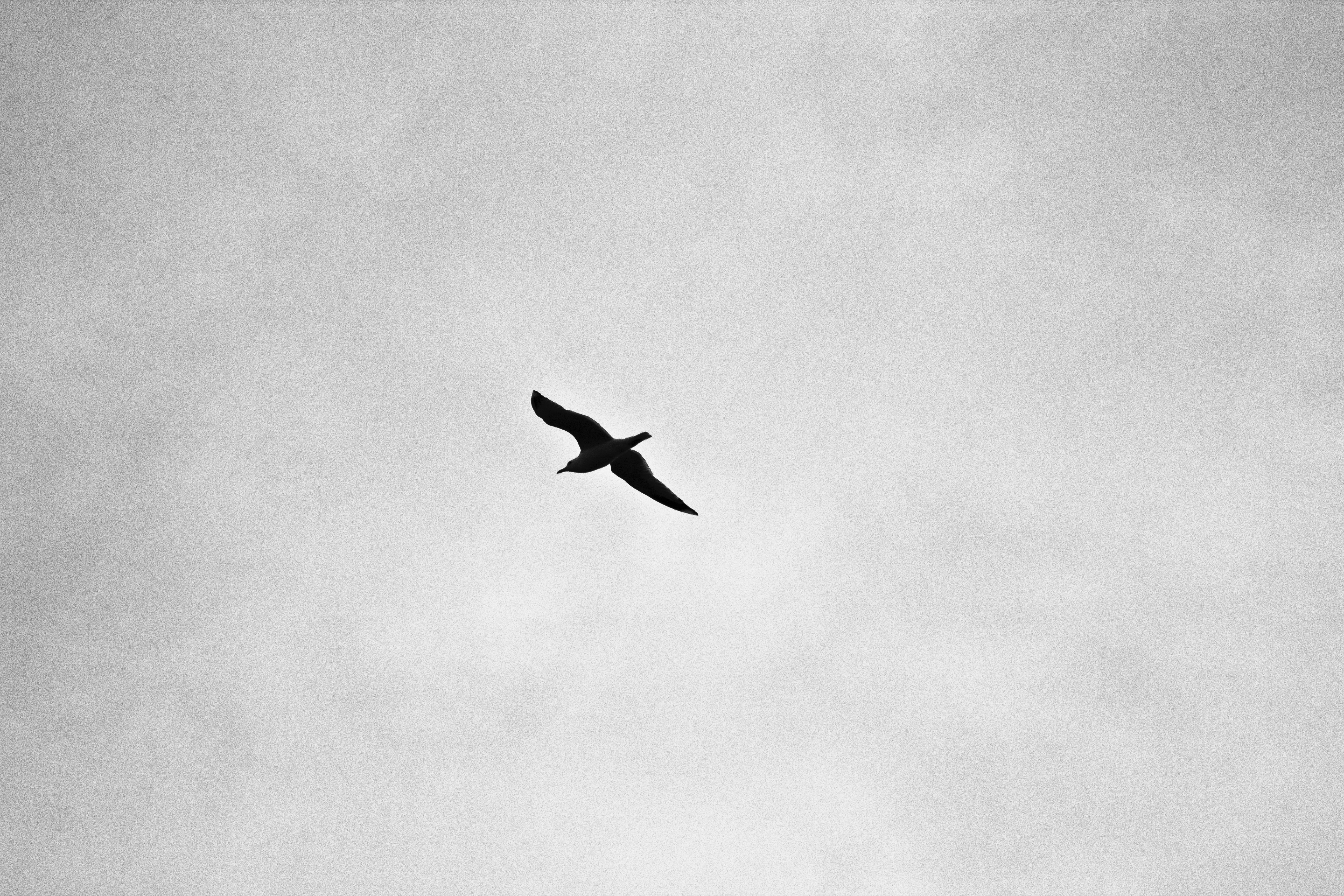By Maeve Kerr-Crowley | @tweetsbymaevekc
When people hear the word ‘Plover’, they usually have one of two reactions. Most won’t know what you’re talking about. If they do know, then their eyes will light up. They’ll grab your arm or smack a table and shout something like “Oh my god! Plovers!” Don’t mistake this for excitement. You’ve just sent this person on a trip down traumatic memory lane. The sounds of wings flapping and birds screeching are playing on a loop in their heads.
Because yes, for those unscarred by such memories, plovers are birds.
Their official name is the Masked Lapwing–to distinguish them from a number of other birds called plovers which are significantly more endangered and significantly less evil than their common counterparts. But the plovers we’re talking about are average-sized birds with bright yellow faces and a nasty habit of swooping anyone who gets too close.
The species is supposed to be evenly-distributed throughout most of Australia, and plover horror stories can be gathered from all corners, if you look hard enough. One victim tells of a plover that looked her dead in the eye before stomping on her sandcastle in Byron Bay when she was a child. Another encounters them regularly in country Victoria.
But a fear of plovers seems to be felt most strongly in the suburbs, and even more so in the outer west. There, it’s hard to meet anybody who doesn’t have a swoop story. These suburban plovers lay their eggs in paddocks, parks and schoolyards, declaring a warzone wherever they choose.
When I was a tiny, impressionable gremlin – barely knee-high and still overwhelmingly positive about the world – I went to Bethany Catholic Primary School in the outer west. With a big oval and lots of space to conquer, we were a prime target for plovers. For the six months or so that the birds were breeding the grass was a minefield of eggs, and their temperamental parents were never far away.
But that was just a fact of life. The plovers weren’t going anywhere, and we still had to play. So we didn’t go to the back of the oval, and we watched our step. Of course, someone always got unlucky and stood on an egg, and they’d be chased screaming around the oval by incensed birds as hordes of children watched in fascinated horror.
To know a plover is to fear a plover, as everyone figures out eventually.
Sheree Hegarty began teaching at Bethany five years ago and is terrified of plovers. She’s been swooped four times on the job, but before she took up the position had never even heard of the species. She’d been working at a school on the southside, and had concerns about working in Werribee thanks to a fear of snakes.
“Who would’ve thought it was the birds who’d get me,” she reflects now.
The first time Sheree was swooped, she’d gone out to the oval to check that it was safe for the kids to play on.
“I literally had to hit the deck. I thought it’d take my sunglasses right off my head!”
For those who have never been swooped by a plover, let me set the scene. They come out of nowhere. They spread their wings out wide, and they screech like nothing you’ve ever heard before. In short, you’re pretty sure you’re going to die.
Sheree tells of a thrilling action scene where she ran, rolled and dove her way across the school grounds to safety. After hearing her harrowing tale, the Principal, Marlene Monahan, asked Sheree to identify the offending bird.
“She goes out there,” Sheree says. “Looks out at the plovers like we’re in a police line-up and says, ‘Which one was it?’ So I just point at one and run. I have no idea which bird it was! I was face first on the oval!”
This is one of many suburban communities working around a population of plovers, accepting the birds as a vital part of their pecking order. But apparently, this is not a universal experience.
As I’ve grown up and gone to high school and then university, these fascinatingly sadistic creatures have stuck with me. I’ve asked my friends; “Oh hey, do you guys remember plovers?”
One time out of ten, they do. The other nine it’s a blank look. “What the hell is a plover?” they’ll ask.
So why have so many people gone through their lives in blissful ignorance, while others have lived in constant fear? By nature, plovers are made for areas with open space and undeveloped land. And while it makes sense that they’re not out seeking a city lifestyle, it just hardly seems fair.
But no matter where you live, one thing remains certain: plovers are out there, and we should all be very, very afraid.


